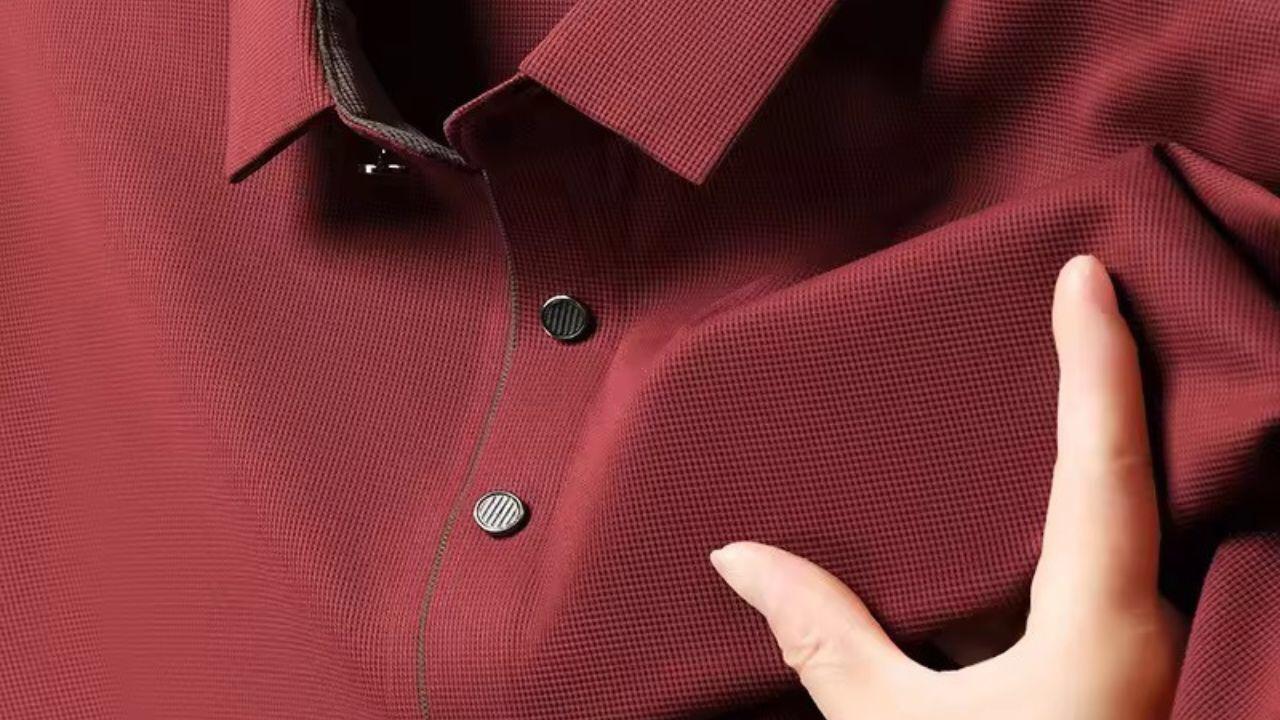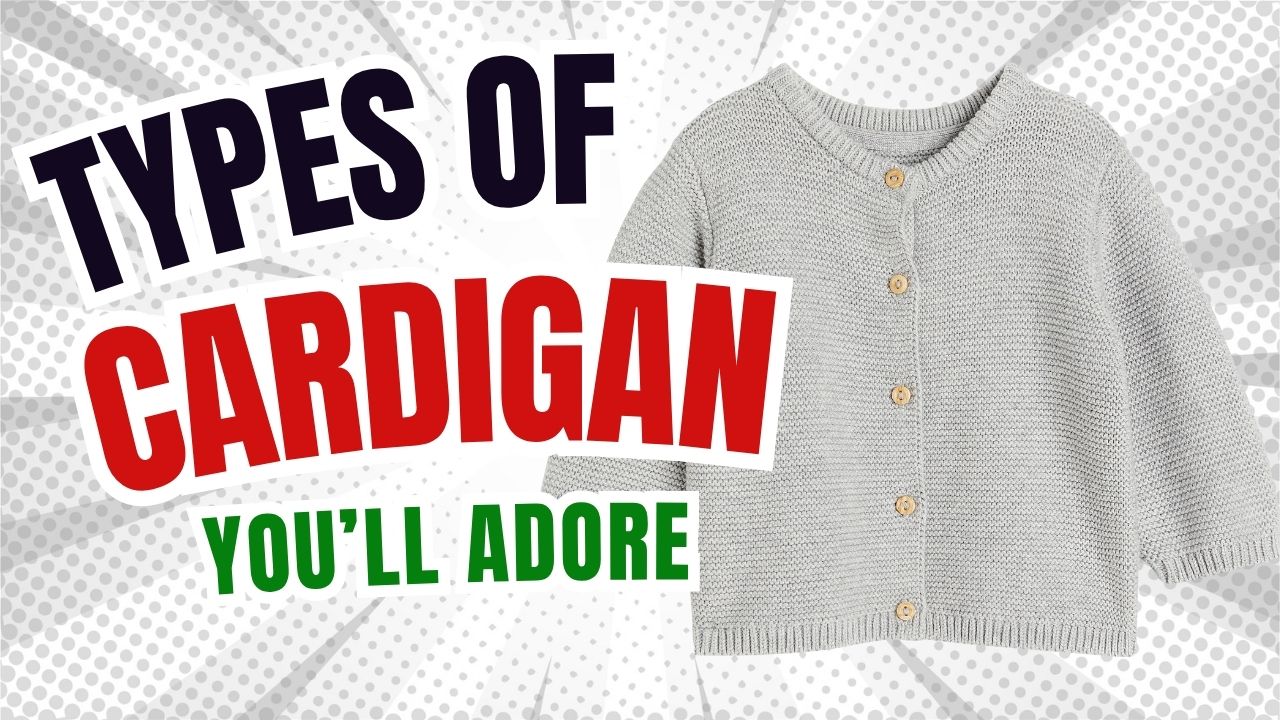When someone is starting a t-shirt store or building an online clothing brand, they often hear the buzz around different apparel printing methods like direct-to-garment (DTG) and screen printing. Choosing the right custom printing option is an important building block for a successful business. It’s smart to research, ask technical questions, and understand the differences between these techniques before deciding.
Both DTG and screen printing are popular and have their strengths. DTG works well for detailed, colorful designs and small batches, making it more cost-effective for startups. On the other hand, screen printing shines when scaling up and saving costs on larger orders, plus it tends to be more sustainable over time. Knowing how each method handles your design and fits your business scale will keep your customers satisfied and help your brand grow.
DTG Printing vs Screen Printing: The Ultimate Showdown
What is DTG Printing?
Direct-to-garment (DTG) printing is a modern technique where the garment is first pre-treated with a bonding agent. Then, the ink is jetted directly onto the fabric, allowing it to soak into the fibers and create a strong locking bond thanks to the pre-treatment. This process is similar to printing on paper.
After the design is printed, the garment is carefully removed from the printer and placed on a conveyor dryer to evaporate and cure the ink. The result is a durable, lasting print with a smooth touch, perfect for photorealistic images with fine details, complex designs, and smooth gradients of colors. With a digital setup, DTG requires minimal upfront investment and works well with print-on-demand providers, allowing easy handling of small products and orders.
What is screen printing?
Direct-to-garment (DTG) printing is a modern technique where the garment is first pre-treated with a bonding agent. Then, the ink is jetted directly onto the fabric, allowing it to soak into the fibers and create a strong locking bond thanks to the pre-treatment. This process is similar to printing on paper and offers an alternative to What Is Screen Printing, which uses stencils and layers of ink.
After the design is printed, the garment is carefully removed from the printer and placed on a conveyor dryer to evaporate and cure the ink. The result is a durable, lasting print with a smooth touch, perfect for photorealistic images with fine details, complex designs, and smooth gradients of colors. For those curious about other methods, What is Sublimation Printing offers vibrant colors but requires specific fabrics, often making the Best Shirts for Sublimation Printing polyester-based for optimal results. DTG’s digital setup requires minimal upfront investment and works well with print-on-demand providers, making it ideal for small products and orders.
DTG vs screen printing: the differences
When choosing between DTG and screen printing, it’s important to understand the key aspects that set these methods apart. DTG excels in print quality for design complexity, allowing highly detailed and colorful prints with smooth gradients. It is also ideal for producing small quantities or one-off items since it requires minimal setup. On the other hand, screen printing shines when making large quantities because it is more cost-effective at scale, though it may struggle with very detailed or multicolor designs.
Comparing the two, DTG offers versatility and quick turnaround but can be pricier per item, while screen printing demands more upfront work but provides durable prints and excellent results for bulk orders. Understanding these differences helps businesses pick the right printing technique based on their needs, whether prioritizing detail, volume, or budget.
Print quality and durability
DTG prints are known for their exceptional clarity and detail, making them perfect for complex designs with many colors and smooth gradients. The ink bonds directly with the fabric, giving a soft feel and a lasting design that holds up through many washes without cracking or fading.
In contrast, screen-printed garments offer superior durability due to thicker layers of ink applied during the screen-printing process. These screen prints are highly resistant to wear from frequent washing and heavy use, making them ideal for workwear, uniforms, and merchandise meant for long-term use.
Print complexity
DTG printing excels at handling intricate designs and multi-color designs because a DTG printer can print the entire design at once, no matter the complexity. This means businesses can offer a wide variety of designs without needing to create a separate screen for each color, which helps keep product cost lower for complex prints.
On the other hand, screen printing requires a separate screen for every color, making it more time-consuming and best suited for designs with few colors or solid graphics, like basic typography, geometric designs, symbols, and shapes made from stencils. Most print providers limit the number of colors — often up to 9 — due to this process, which can increase product cost as color count rises.
Color vibrancy
DTG printing and screen printing both offer vibrant colors, but they achieve this differently. In screen printing, the ink is applied in thick layers, making designs pop especially on darker fabrics and with few colors or strong contrasts. This method provides excellent color vibrancy and works well for bold, simple designs.
In contrast, the DTG printing process uses inks that are absorbed into the fabric, resulting in smooth, natural-looking prints. DTG excels at producing photorealistic, detailed images with high color accuracy, which is critical for complex designs requiring a wide range of colors.
Fabric suitability
DTG printing works best on 100% cotton fabrics and cotton blends, where the ink easily absorbs to create soft, natural-feeling prints that hold up over time. For light fabrics, the process is straightforward, but dark fabrics need a pre-treatment process with a white underbase to ensure color vibrancy and vivid designs.
On the other hand, screen printing is more versatile across various fabric types like polyester, nylon, and other synthetic blends commonly found in athletic wear and performance fabrics. It works well on both light and dark fabrics without pre-treatment, using thicker ink layers for high-opacity prints on dark materials. However, the same graphic may appear differently on different materials, whereas DTG printing tends to deliver more consistent results across cotton-based fabrics.
Sustainability
Traditional screen printing often leads to overproduction and textile waste because it requires bulk ordering and has minimum order quantities. The cleanup stage after printing involves washing and cleaning screens with chemical solvents to remove ink, causing higher water consumption and generating chemical waste, which impacts the environment negatively.
In contrast, DTG printing is a printing technique that supports printed on demand models with no order minimums, making it a more sustainable choice for store owners and businesses. Leading DTG printer manufacturers like EXPRESS STITCH INDUSTRIES and Kornit use advanced tech to create machines that produce zero wastewater, consume less energy, and reduce the carbon footprint. Kornit’s digital printers utilize water-based vegan inks that are non-hazardous, toxin-free, biodegradable, and contain no animal by-products. These innovations are a strong driving force in the sustainable fashion movement, helping reduce waste and textile overproduction while protecting the planet.
On-demand fulfillment
DTG printing is ideal for on-demand fulfillment because it has a short setup time and allows businesses to produce single items or small batches with minimal upfront costs. This makes it perfect for an online store or a print-on-demand dropshipping provider like EXPRESS STITCH INDUSTRIES , where each item is printed only after it’s ordered by a customer. Whether it’s a t-shirt or other apparel, DTG supports unique designs and helps build your brand without the need to order in bulk.
In contrast, screen printing often involves higher setup costs and minimum order requirements, making it better suited for large orders. While screen printing provides bulk discounts for DTG orders done in quantity, it’s less flexible for one-time orders or on-demand production. Businesses relying on screen printing typically face challenges with excess stock and longer wait times, often requiring a company or party to provide a quote and complete orders within about 48 hours.
Upfront investment
When it comes to cost, screen printing becomes the cheapest option if you’re ordering large quantities. This is because screen printing stencils are made manually and take time to prepare, but once the screen is ready, you can easily print many items using one stencil. The process offers bulk discounts, making it very affordable for producing one product in high volume.
On the other hand, DTG printing is a more cost-effective solution for small batches or orders with simple graphics and just a couple of colors. It requires little upfront investment and is great for those who want to experiment or are starting out without the financially challenging costs of setting up multiple screens. However, third-party print services often have order minimums ranging from 5 to 100 items, and the final price depends heavily on the bulk order size, number of colors, and designs. For stores that sell custom t-shirts printed in bulk for home or office, screen printing still holds strong, but DTG is more flexible for stores with limits on the number of designs or smaller batch needs.
DTG vs. screen printing: when to choose which?
Understanding different techniques and their strengths is key to choosing the right printing method for your design. Each technique excels depending on the type of design you want to produce—whether it’s simple shapes or complex, colorful artwork. By knowing these differences, you can better optimize your production process, ensuring quality prints while managing costs and efficiency. This insight helps in matching the right method to your specific needs, making your apparel or merchandise stand out.
When to choose DTG printing
DTG printing is a better option when you need photorealistic images and intricate details with a wide color range. It’s perfect for small quantities and custom apparel made on demand, making it ideal for businesses that offer a broad range of products or face frequent design changes. This method provides great flexibility without requiring large upfront costs, saving on storage space and avoiding excess inventory issues.
When to choose screen printing
Screen printing is ideal for simple designs, bold designs, and solid colors that don’t need intricate details. It works best for bulk orders and larger production runs, helping keep costs down. With its ability to print basic graphics and typography on a large number of items quickly and cost-effectively, screen printing is the best fit for businesses focusing on volume.
Comparison table
| Feature | DTG Printing | Screen Printing |
|---|---|---|
| Print Quality | High-quality, especially for detailed designs | High-quality for bold, simple designs |
| Color Range | Unlimited color palette | Limited color range per design |
| Order Flexibility | Great for small runs; no minimum order required | Best for bulk orders; usually has order minimums |
| Fulfillment | On-demand printing | Not suitable for on-demand; setup takes time |
| Setup Time & Cost | Low setup cost and time | High initial setup cost and time |
| Cost Efficiency | More expensive per unit in large volumes | Offers bulk discounts; more cost-effective for large orders |
| Best For | Small businesses, custom designs, frequent updates | Large orders, consistent designs, cost savings on volume |
| Business Fit | Ideal for startups or artists needing flexibility | Ideal for brands with established demand and budget for bulk production |
Choose your printing method wisely
Choosing the right printing method is key for any apparel business. Whether you go with DTG or screen printing depends on your needs—think about your brand image, the complexity of your designs, and your product quantity needs. If you’re not ready to invest heavily or keep a large stock upfront, on-demand DTG printing is the easiest way to grow your business. This printing method lets you introduce new designs in your store without risk, keeping stock low and shipping items as orders come in. With DTG print providers, you get more time to experiment with your product offering and marketing while eliminating overproduction and minimizing waste.







Leave a Comment
Your email address will not be published. Required fields are marked *